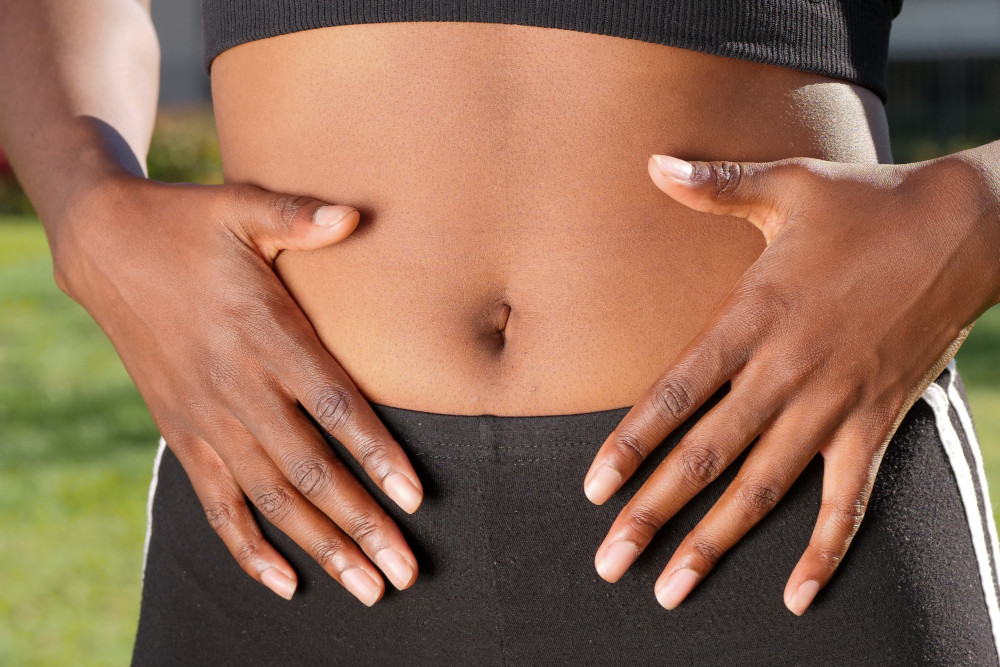The navel, a part of the body often overlooked, hides a dark and moist secret that, when neglected, can become a breeding ground for bacteria and yeast. While cleaning the belly button might not be the most pleasant task, it is an essential one, particularly for those with belly button piercings or innie belly buttons.
Why Clean Your Belly Button?
Belly buttons, whether innies or outies, can accumulate dirt, dead skin, bacteria, sweat, soap, shower gel, and lotions, creating an environment conducive to crustiness, scabs, unpleasant odors, and potential infections. A 2012 study found a staggering 1,458 different species of bacteria in belly buttons, emphasizing the importance of regular cleaning.
Cleaning Innie Belly Buttons:
- Use a Cotton Swab and Antibacterial Soap: Gently clean the area with a cotton swab and a small amount of antibacterial soap. Ensure thorough rinsing after cleaning to prevent irritation.
- Alcohol and Cotton Swab: For a deeper clean, a washcloth or cotton swab with a small amount of alcohol can be used. Again, thorough rinsing is crucial.
Cleaning Outie Belly Buttons
- In the Shower or Bath: Outie belly buttons are relatively easier to clean. Use a washcloth or sponge during your regular shower or bath.
- Gentle Cleansing Wash: Lather up with a gentle cleansing wash, ensuring thorough rinsing. Moisturize afterward to keep the area soft and avoid crustiness.
Dealing with Unpleasant Odors
If a foul stench persists despite regular cleaning, it’s advisable to consult a dermatologist. They can identify potential infections and prescribe appropriate medication, such as antibiotics.
In conclusion, while the task may be a bit ticklish or weird, proper belly button hygiene is essential to prevent buildup and maintain a healthy navel. So, face the challenge head-on, armed with the right knowledge, and keep your belly button clean and happy.

